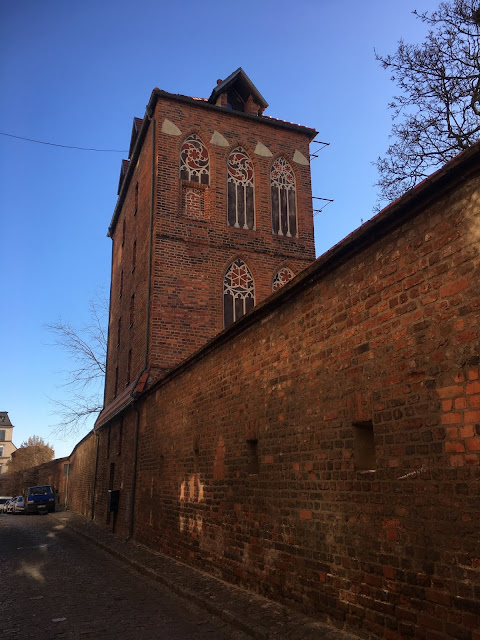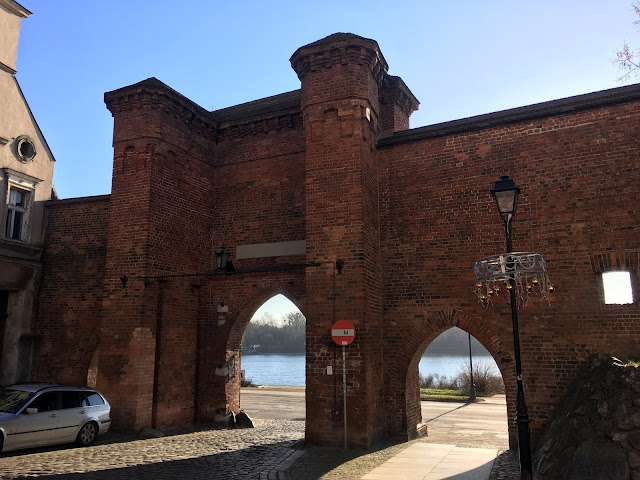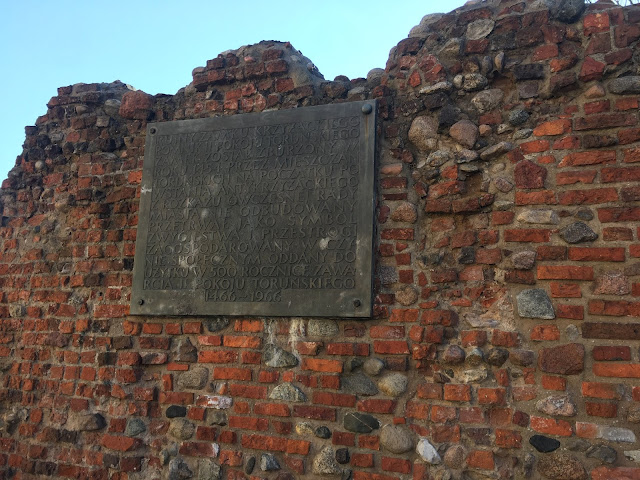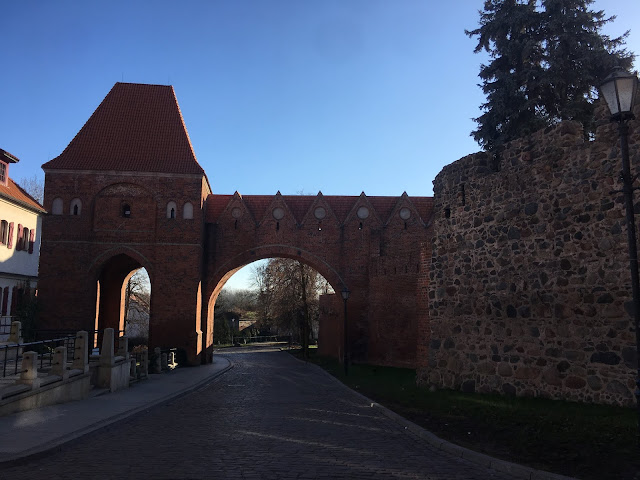Walking along the old town walls, you can have a nice view of the Vistula River. The old gates are still in use, and cars can drive in and out. The roads in the town are built with stones. Although not much of the castle remains, it is still an interesting part of the town. I love the old-style houses that line the streets. Toruń is truly beautiful and full of history, which is why it is a popular travel destination in Poland. Every year, 1.5 million tourists visit this place.
Nicolaus Copernicus House
These two houses used to belong to Nicolaus Copernicus senior, a merchant from Krakow. He moved to Toruń around 1456 and married Barbara Watzenrode from Toruń's patrician family, which allowed him to enter the town's elite. The houses are considered to be the birthplace of the astronomer and form a splendid Gothic complex of outstanding beauty. They now house the Museum of Copernicus' Epoch, where visitors can learn about Copernicus' life and work, explore the interiors of burghers' houses from the 14th to the 19th century, see a model of medieval Toruń, and learn about gingerbread making. The Copernicus house represents a popular dwelling-warehouse style that was common in the 15th century in towns along the southern coast of the Baltic Sea, members of the Hanseatic League. Several 14th-century elements are preserved in the building.
See also: Toruń Travel 2023
Leaning Tower of Toruń
The Leaning Tower of Toruń is a medieval tower located in the old town of Toruń. The top of the tower is displaced 1.5 meters from where it would be if the tower were perfectly vertical, hence the name "Leaning Tower." It is one of the most important landmarks in Toruń's Old Town. The tower was built in the 13th century for defensive purposes and was made of red brick. Over time, it started leaning due to the loamy ground on which it was built. In the 18th century, it ceased to be used for defensive purposes and was converted into a women's prison. Throughout the years, it has served various functions and now houses the Toruń Cultural Department and a café.
Toruń Castle
Toruń Castle, also known as Thorn Castle, is a 13th/14th-century castle built by the Teutonic Order. It is part of the Medieval Town of Toruń, a UNESCO World Heritage Site. The construction of the castle began in the mid-13th century and lasted for about a hundred years. It was the first Teutonic castle in the Chełmno Land. The castle played a significant role in the Teutonic Knights' mission to colonize pagan Old Prussians and the formation of the Teutonic state. Today, only a small part of the castle remains, including the sewage tower and the cellars. The castle has been partially excavated, rebuilt, and turned into a historical monument. The remaining sections now house permanent exhibits, allowing visitors to explore settings such as the armoury, kitchen, dormitory, scriptorium, and mint.
See also: Gingerbread Traditions






























0 komentarze:
Post a Comment